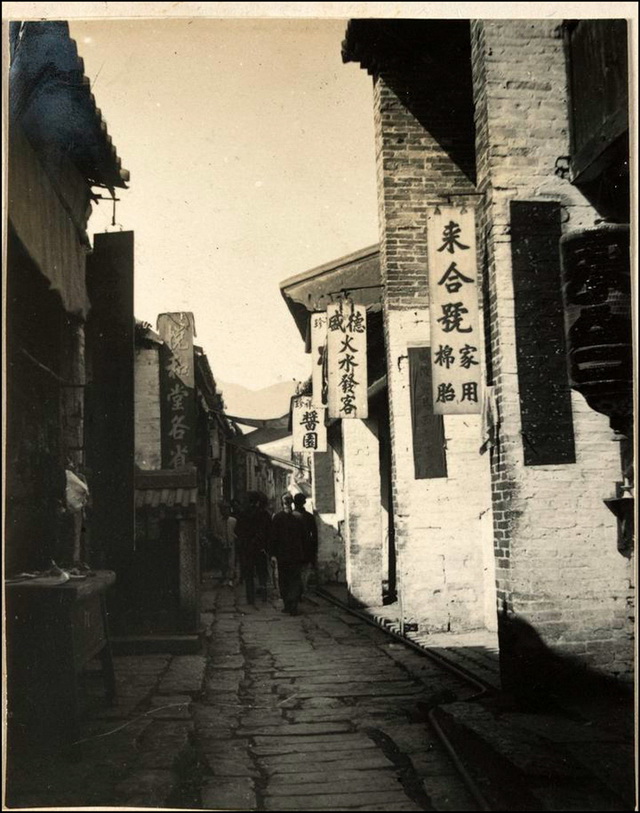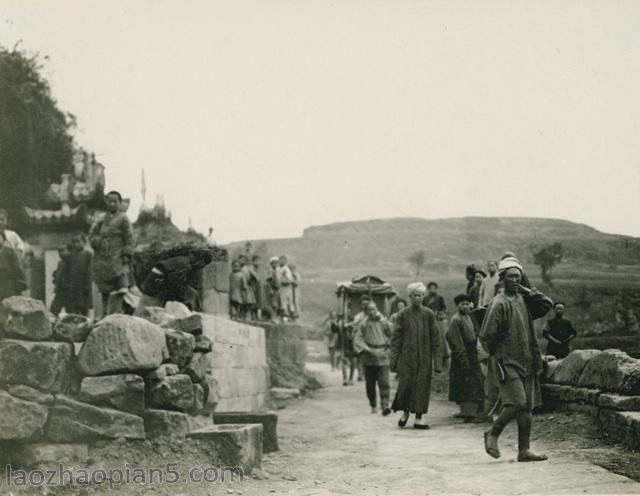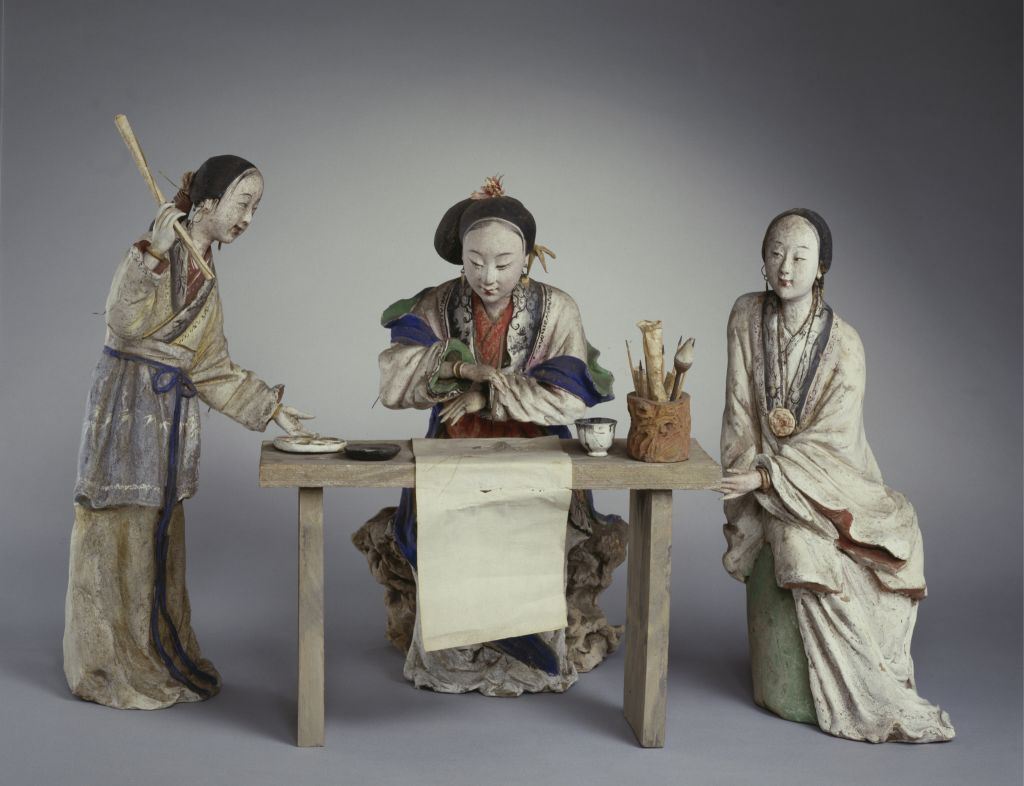[Zhang Shan, Three Mountains in Jingkou]
“Three Mountains in Jingkou” volume, Qing Dynasty, Zhang Shan, paper edition, color setting, 29.3 cm vertically and 193 cm horizontally
This picture shows the scenic spots of the author’s hometown “Jingkou Three Mountains” one by one through the way of horizontal expansion of the scroll. “Jingkou Three Mountains” refer to Beigu Mountain, Jiaoshan Mountain and Jinshan Mountain, which are in a confrontation with each other. Among them, Beigu Mountain faces the Yangtze River on its back, and the cliffs are like cutting; Jiaoshan stands in the middle of the river, like a “mainstay”. The mountain temple is faint and the trees are green; The Jinshan is like “a lotus in the middle of the river”. The pagodas, temples, platforms and pavilions are built by drilling rocks along the mountain, which is more beautiful than nature. This picture is based on the realistic approach of Song painting. It is incisive and meticulous. The ink colors overlap and accumulate, and the mountains and trees appear green and full. This picture, as a realistic portrait with distinctive regional colors, is of great significance for future generations to study the geography and geomorphology of the “three mountains in Jingkou”
The signature: “The map of the three mountains at the mouth of Beijing is submitted to Lord Yunting for verification. In July of Dinghai, Dantu Zhang Dan.” The seal is “Zhang Dan’s seal” and the seal is white. The collection is printed with “Junzhou Wu Yingnan Collection of Calligraphy and Paintings” and “Leiluo”
“Dinghai” is the seventh year of Daoguang (1827). The author was 67 years old
![图片[1]-Zhang Dan’s picture scroll of the three mountains in Jingkou-China Archive](https://chinaarchive.net/Qing dynasty/painting/s58ec8b4b9965f.jpg)




![[Qing Dynasty] British female painter—Elizabeth Keith, using woodblock prints to record China from the late Qing Dynasty to the early Republic of China—1915-China Archive](https://chinaarchive.net/wp-content/uploads/2022/11/image-191x300.png)
